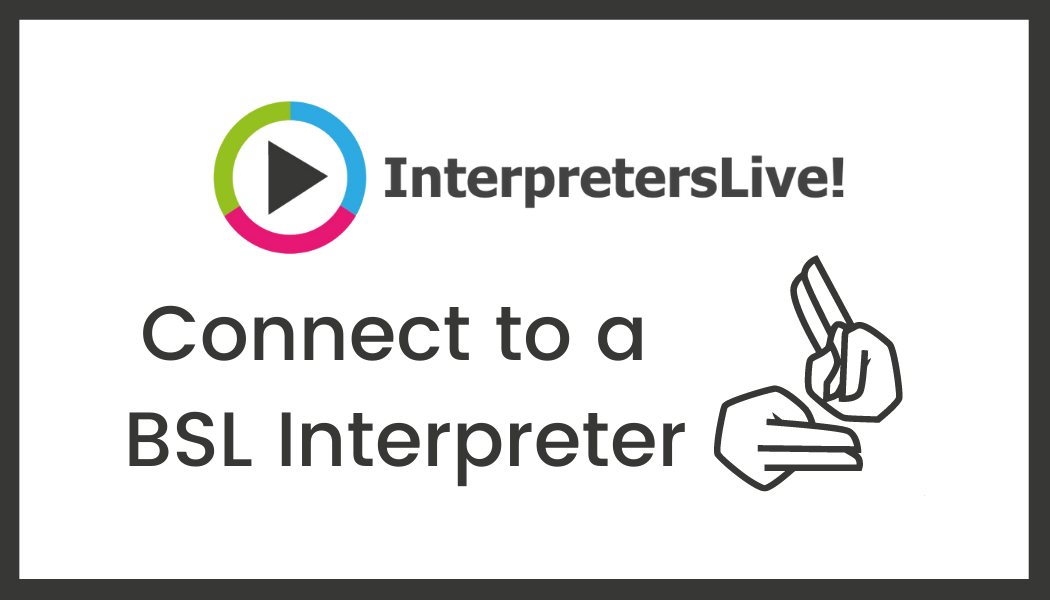
Unfortunately, overwhelm is particularly common in the workplace, and in recent years, factors like the pandemic, changing work styles, and higher employer expectations are exacerbating the issue.
According to a recent Workplace Health Report, 76% of employees report feeling moderate or high levels of stress, and 33% say this stress has an impact on their productivity.
As a high-performer in the recreation and leisure space, feelings of stress and overwhelm can make it difficult to maintain peak performance on a consistent basis. Fortunately, there are things you can do to bring balance and tranquility back to your life.
Understanding Overwhelm in the Workplace
Feeling “overwhelmed” at work doesn’t just mean you’re stressed about an upcoming meeting or project. Employees suffering from overwhelm in the recreation and leisure space can experience consistent stress and anxiety, which can eventually lead to burnout.
You may feel you’re unable to keep up with the demands of your workload, particularly in an environment where high-performers are often assigned more tasks. In some cases, you might feel you don’t have the skills or support you need to do a good job. Workplace overwhelm is extremely common, with around 80% of global knowledge workers saying they may be on the brink of burnout. Unfortunately, being overwhelmed can have a number of negative repercussions for employees, and businesses alike, including:
· Diminished performance: Overwhelmed employees are more likely to struggle with reduced cognitive functioning, creativity, and decision-making skills. You may even find yourself frequently multi-tasking to keep up, which could lead to more errors in your work.
· Health implications: Constant exposure to stress and anxiety leads to both physical and mental health issues for high performers. This can also prompt prolonged absenteeism, as well as more illnesses and ailments.
· Interpersonal challenges: It’s hard to maintain positive working relationships and deal with chronic stress at the same time. You may find you struggle to connect with your colleagues or become more combative, and less collaborative in the workplace.
Identifying the Sources of Workplace Overwhelm
The first step to overcoming workplace overwhelm as a high-performing employee, is understanding what’s causing the issue. When you feel excessively stressed and anxious at work, there’s usually an underlying reason.
You may think you don’t have the right skills to succeed in your role, or you may be struggling to adhere to unrealistic expectations from your boss. Some of the most common causes of workplace overwhelm include:
· An unrealistic workload
· Too many deadlines converging at once
· Being unable to say “no” to requests
· Feeling increased pressure to perform exceptionally
· Not having the tools or skills you need to thrive in your role
· Lack of support from your manager or coworkers
· Inability to prioritise essential tasks
· Unclear processes and roles
· Problems with time management and scheduling
Strategies that Employees Use to Overturn Overwhelm
The good news is that while overwhelm is common in the workplace, it’s not something you have to live with. There are various ways you can regain control over your professional life and schedule. Some of the best strategies include:
1. Mastering Time Management
One of the biggest causes of workplace overwhelm is having too many tasks to complete, and not enough time to do them in. Knowing how to manage your time effectively, prioritise the most valuable jobs, and minimise “unproductive” time is crucial. Using time management techniques, such as the Pomodoro method or Eisenhower Matrix can help you to identify the most crucial tasks on your to-do list, and arrange your schedule accordingly. However, it’s also helpful to take a little time to simply plan your day in advance. Before you dive into your tasks for the day, write down a list of everything you need to do, and determine which order you’re going to complete your tasks in. This will help to minimise the time you spend between tasks, figuring out what to do next.
2. Take Regular Breaks
Although taking breaks may seem counterproductive when you’re overwhelmed by a high workload, it’s actually beneficial to your overall productivity. Studies show that we can only concentrate for specific periods of time before our attention begins to waver. The more pressure you put on yourself to tackle one complex task after another, without a breath, the more overwhelmed you’re likely to feel. When you’re starting to feel overly stressed, or your brain is swimming with too much information, take a break. Look away from your screen, go for a walk around your office, or just grab a drink of water. You could even consider adding mindfulness practices, such as deep breathing exercises and meditation into your workplace routine.
3. Set Boundaries
Even as a high-performer in the industry, you still need a degree of work-life balance. No one can thrive if they commit all their time and cognitive function to nothing but work. Setting boundaries will help to reduce your risk of taking on more than you can handle. As tempting as it might be to say “yes” to every request from your boss and coworker, be mindful of your own limitations. Know when to say “no” to additional tasks. Turn off your phone and chat notifications when you’re away from work so you can “unplug”, and commit to plenty of rest. Make sure you share your boundaries clearly with your coworkers and your managers. Be polite, but firm, explaining exactly how much time and effort you can dedicate to your role each day, based on your job description.
4. Seek Support
Asking for help isn’t a sign of weakness, particularly in today’s fast-paced and chaotic world. Sometimes, the best thing you can do when struggling with being overwhelmed is ask for assistance. Speak to your manager about the problems you’re facing, and collaborate with them on strategies to mitigate burnout. You might be able to ask for longer deadlines or reduced workloads. Alongside talking to your boss, you can also speak to mentors and other leaders in your business, to ask for their guidance and support. They might be able to provide extra tips on how you can reduce stress and preserve your performance standards.
If you’re feeling truly overwhelmed, don’t be afraid to seek help from specialists, such as therapists or doctors, who might be able to offer more coping mechanisms.
5. Invest in Optimising your Performance
Finally, one particularly good way to reduce overwhelm at work is to focus on overcoming the challenges and weaknesses you face every day. For instance, if you think you struggle with a specific task, seeking out extra training can help to give you new skills to master the process. If you spend a lot of time on specific parts of your work day, such as responding to emails, or managing your calendar, accessing project management tools, AI solutions, and automation tools can help you take some of the extra work on your plate. You could even ask your employer for additional tools and software that might make your job easier or help your team become more efficient.
Don’t Live With Constant Overwhelm
Just because overwhelm is common among high-performing team members, doesn’t mean it’s sustainable. Ultimately, you can only handle overwhelm for so long before your physical and mental health suffers. If you implement all the strategies above and you still find it hard to cope in your workplace, this could be a sign that you need to consider a new role in a different company.
An inclusive talent acquisition business like us can help you with this and can help you to track down a position that’s more manageable, based on your skills and needs.
Click here to see our success stories




